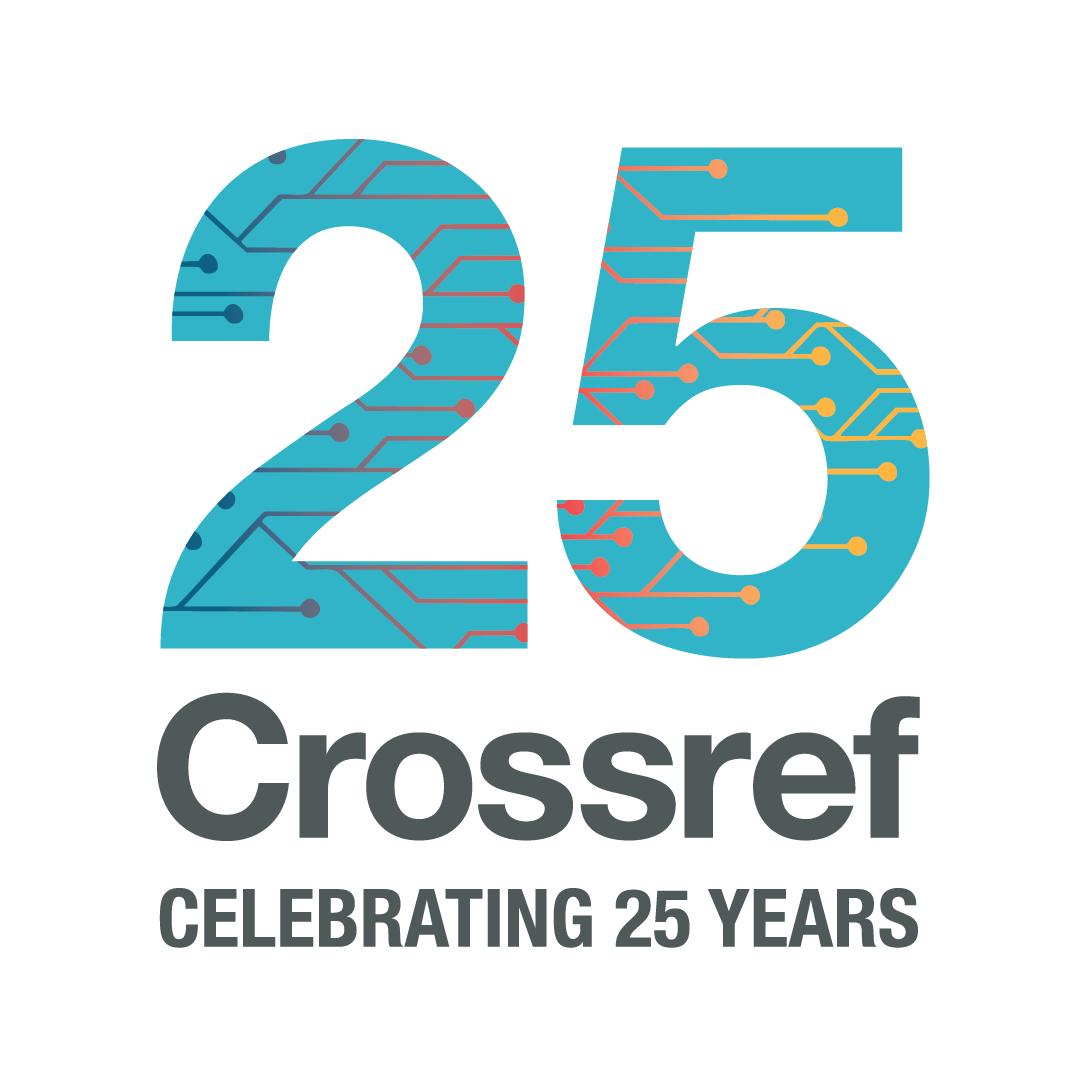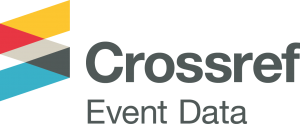2025 October 01
Piecing together the Research Nexus: uncovering relationships with open funding metadata
The Crossref Grant Linking System (GLS) has been facilitating the registration, sharing and re-use of open funding metadata for six years now, and we have reached some important milestones recently! What started as an interest in identifying funders through the Open Funder Registry evolved to a more nuanced and comprehensive way to share and re-use open funding data systematically. That’s how, in collaboration with the funding community, the Crossref Grant Linking System was developed. Open funding metadata is fundamental for the transparency and integrity of the research endeavour, so we are happy to see them included in the Research Nexus.















